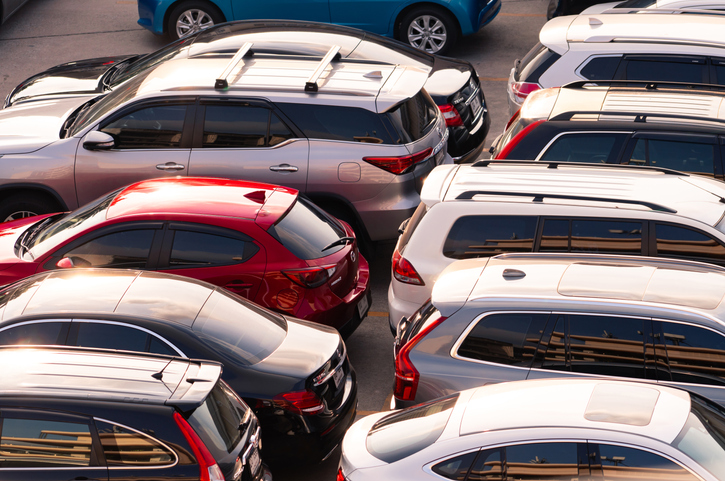Society, individuals pay hefty price for private vehicles
Driving is by far that most expensive way to get around, both for individuals and society as a whole, according to a new travel cost calculator released by the city.
The calculator uses various data, like costs to maintain roads and sidewalks, cost of insurance and collisions, costs of congestion, costs of pollution, as well as health-care savings from exercise.
Results are calculated for each kilometre travelled either by walking, cycling, transit or driving.
“It’s not a perfect measurement, but it gives people a general understanding of the costs and benefits of their choices,” said Ward 7 Coun. Druh Farrell.
“It doesn’t monitor ties to environmental benefits, for example. It doesn’t measure quality of life and well-being — and we know that being active helps with with well-being and mental health — and it doesn’t measure equity.”
The costs
It costs approximately $1.25 for each kilometre travelled by an individual in a vehicle.
Factors that make it the most costly option include maintaining and operating roads, additional infrastructure, collisions, congestion and the personal costs of maintenance, insurance and more.
There are no redeeming savings associated with motorized vehicles.
The same is true for transit, although its costs are significantly reduced (67 cents per kilometre) and the majority of the costs are borne by the public, as opposed to the individual.
The benefits of walking, biking
Where the calculator finds benefits is in the physical exercise and health cost savings association with walking or cycling. Walking is the most cost-effective option, although it’s not always a viable alternative for long commutes.
Walking earns individuals and society 25 cents per kilometre, while cycling nets one penny for each kilometre.
“We need to be talking about a complete picture of how people get around in Calgary,” said Farrell.
“Yes, there may be trips that are most appropriate made by car or by transit, but within the neighborhood context, we’re seeing more and more interest in active living.”
She says it’s necessary to stop separating uses and start talking about a complete transportation network that includes all forms of travel.
Impact of decisions
Chris Blaschuk, manager of city’s Next 20 project, which is looking at long-range land use and transportation plans, said the city used data from its budgets for costs such as infrastructure and transit operations. It looked at national research to estimate some of the health and environmental costs.
“We wanted to create a tool for citizens that would really show them all those costs that are being paid for not just by themselves as individuals but through their taxes, or perhaps paid by others, to help show some of the different impacts of their travel choices,” he said.
Blaschuk said the main motivation for creating the calculator was to inform individuals, but that it also provides a simple template that could help inform city decision-making.
For Blaschuk, the biggest takeaway was the simple reminder of just how expensive it is to own and operate a private vehicle.
“You know, we’ve been talking to young people through our Next 20 project and that’s the main feedback they give us, this ‘I can’t afford a car,’ and this sort of helps shed some light on why that is,” he said.
· CBC News
Are you classed as a high risk driver in Ontario? Get an instant auto insurance quote from the high risk auto pros. Your car insurance quote is right around the corner. Enter your details and compare prices!





